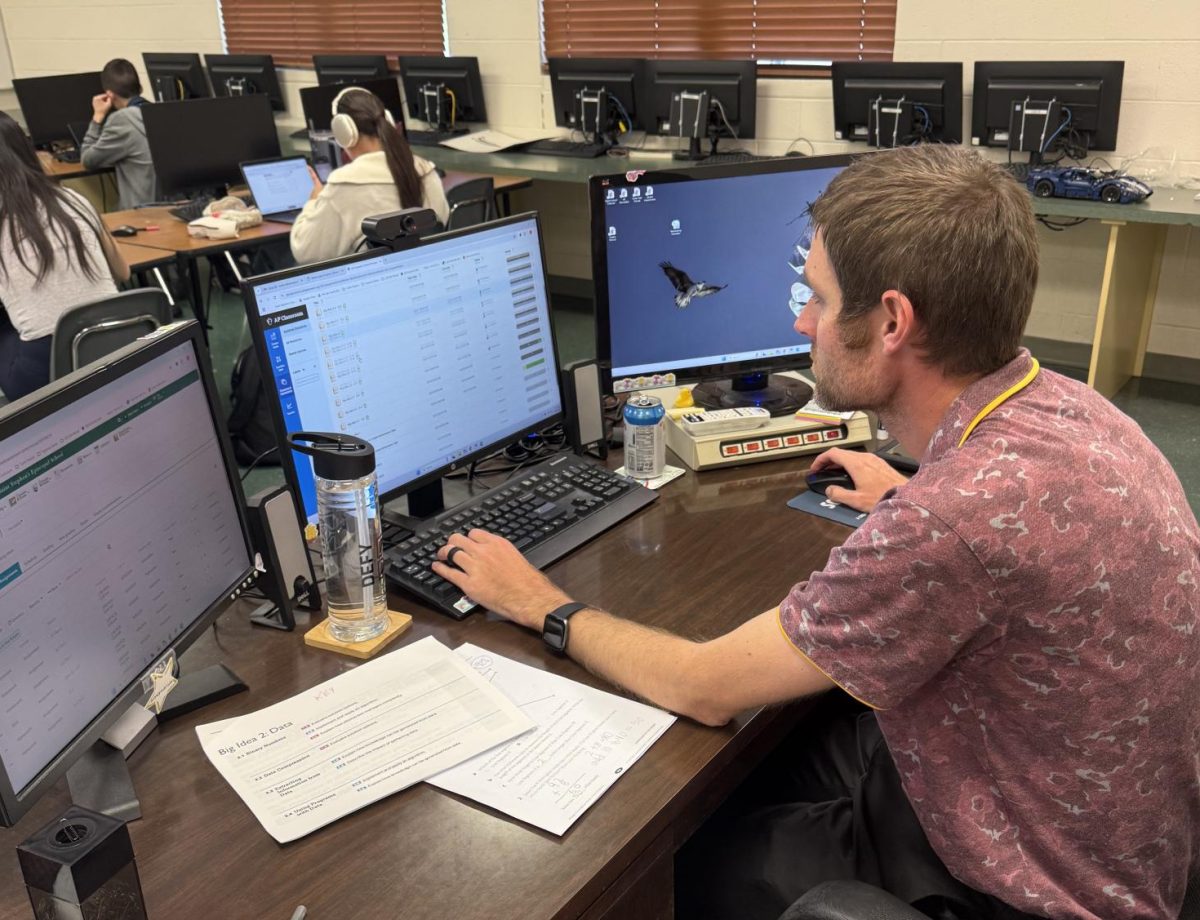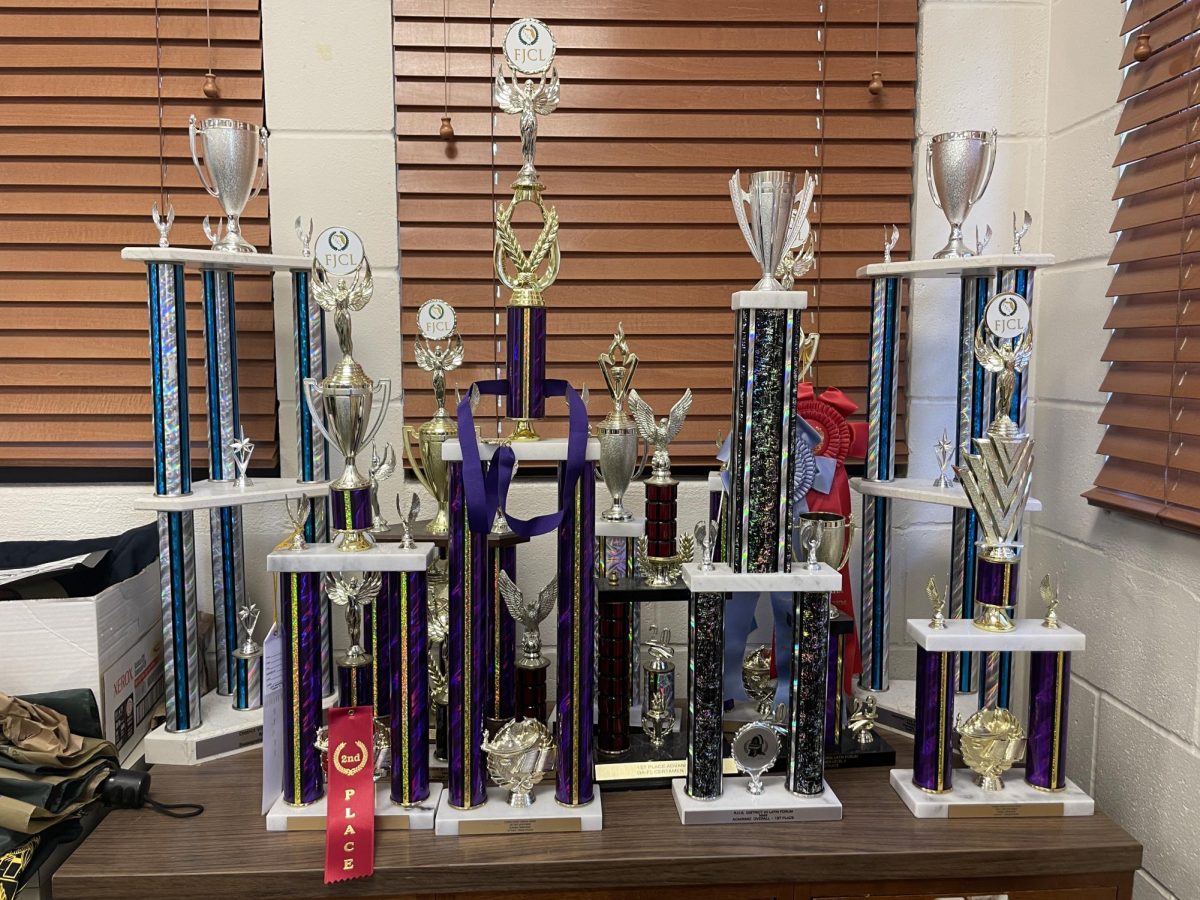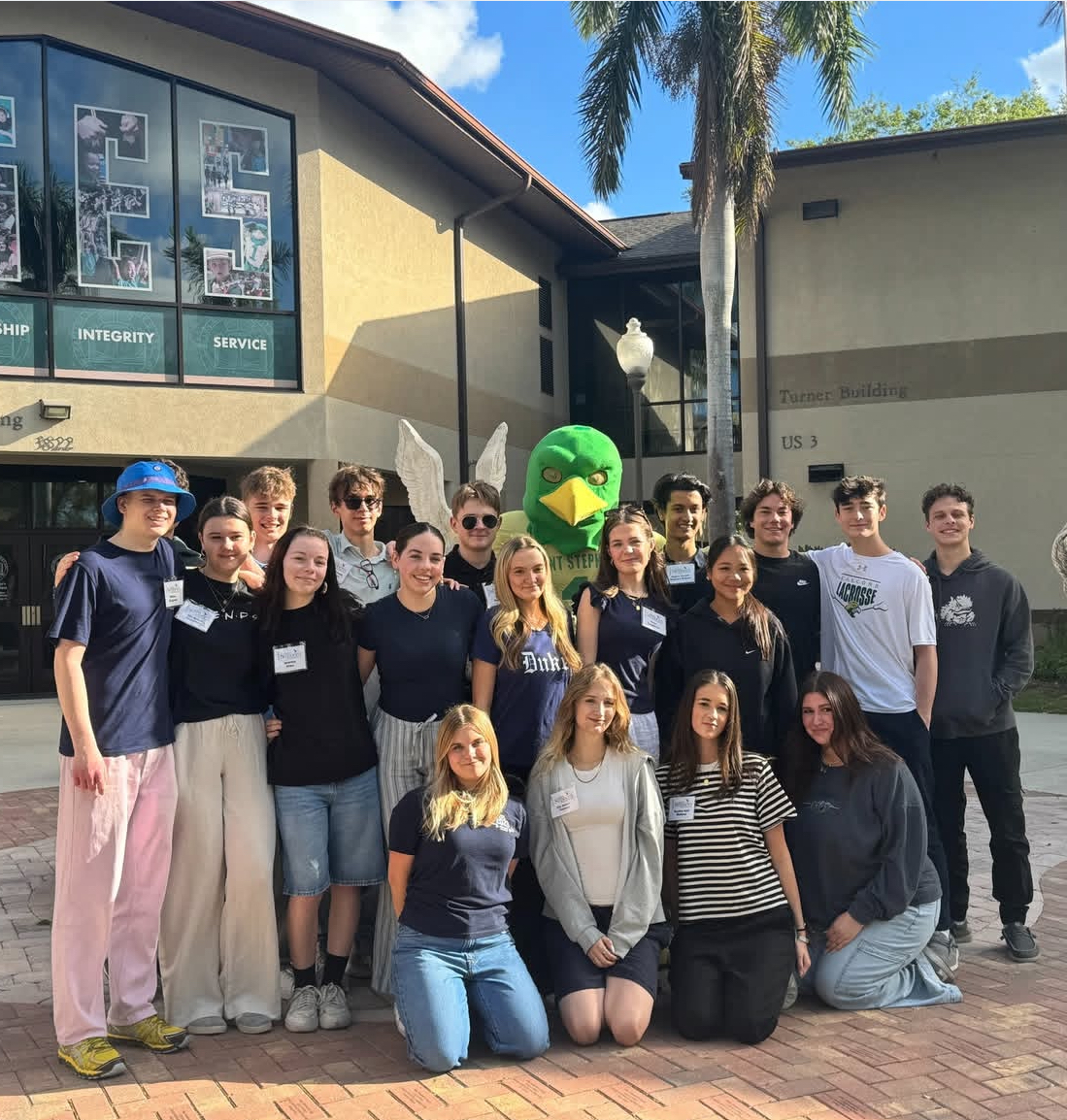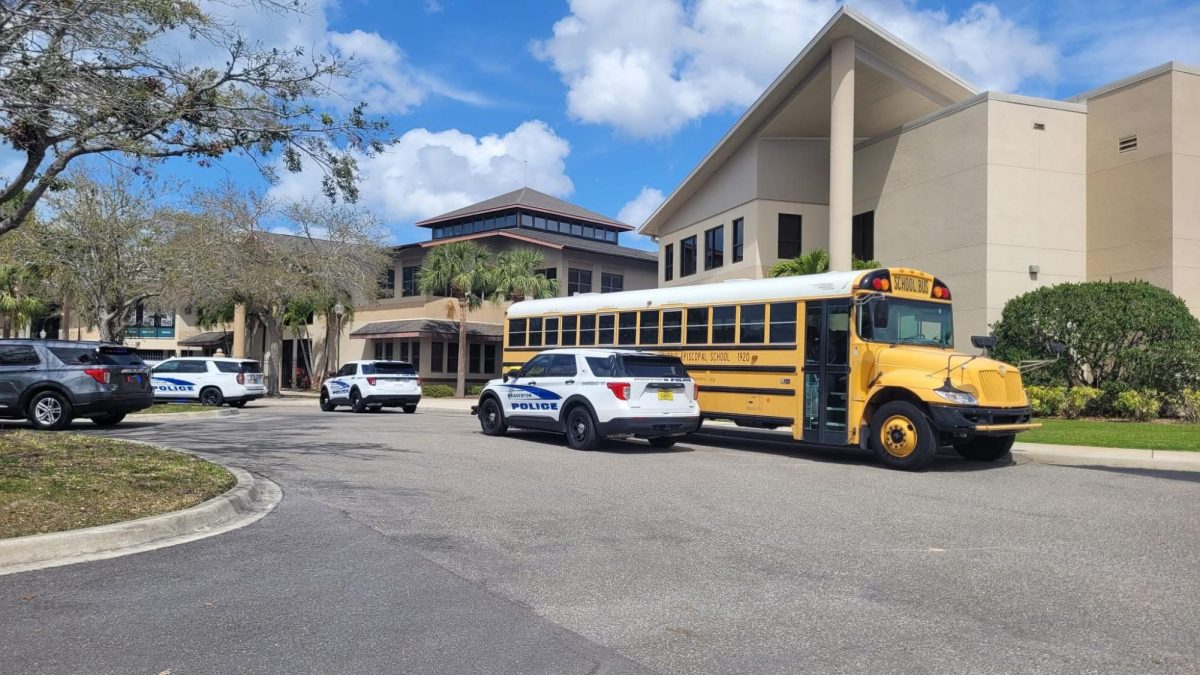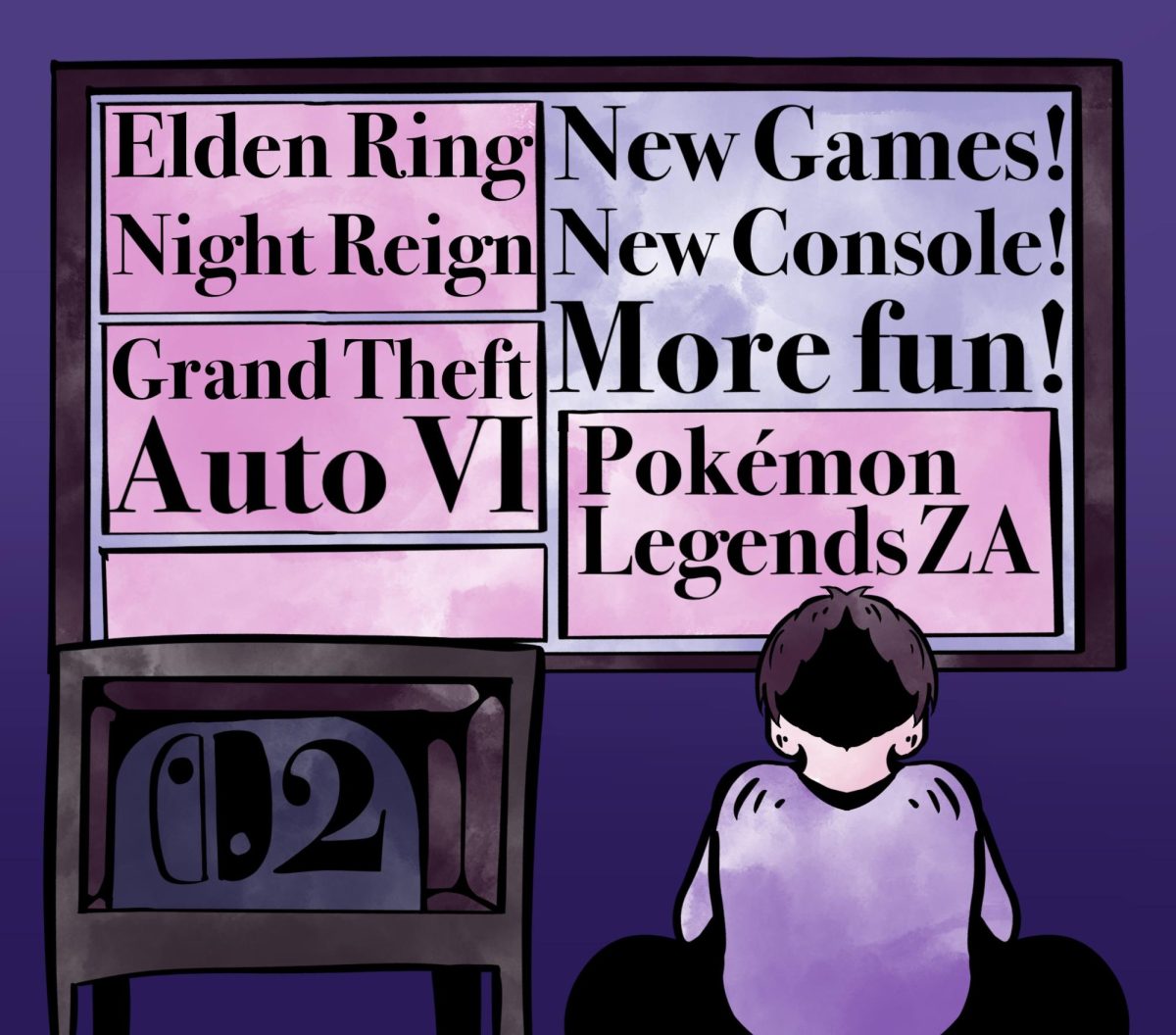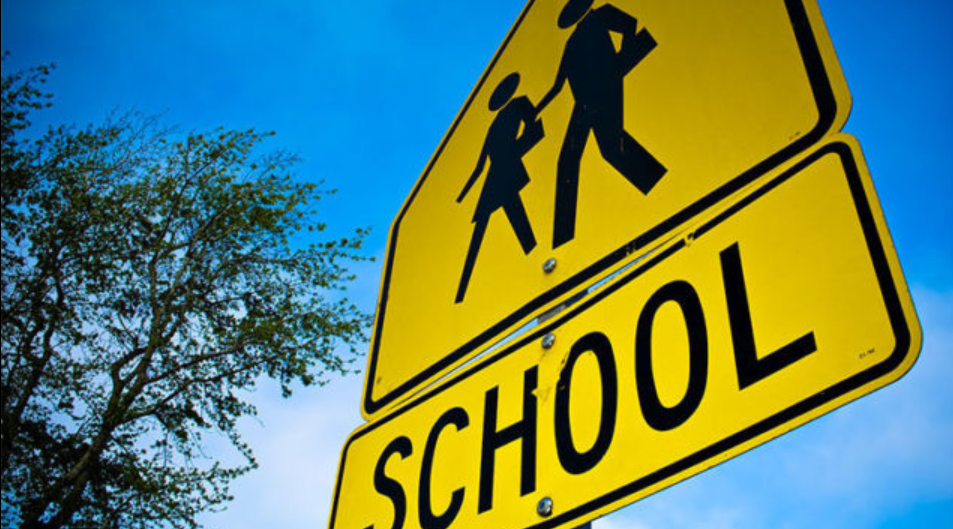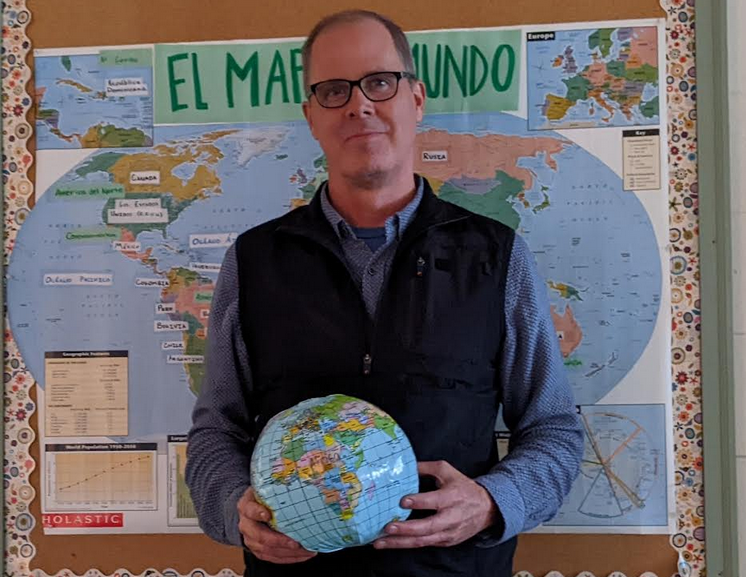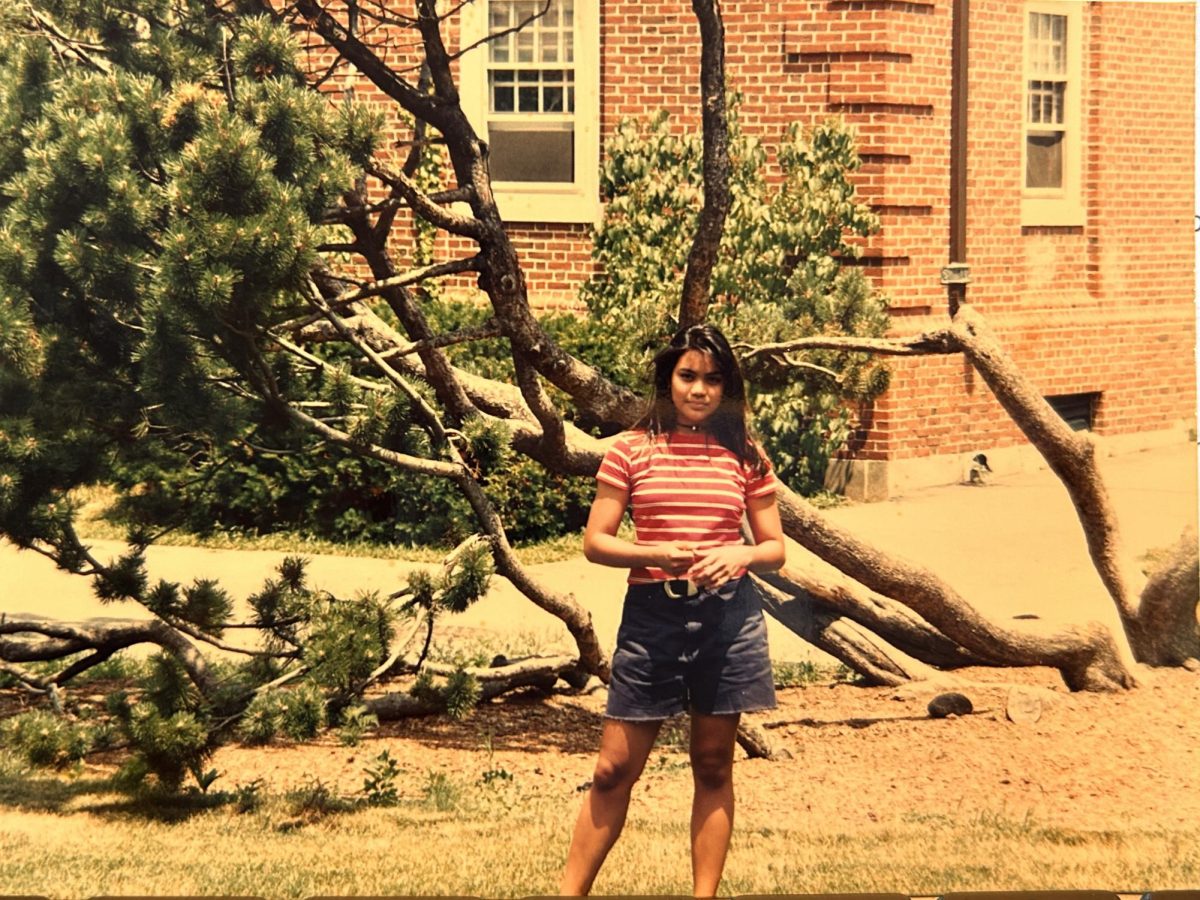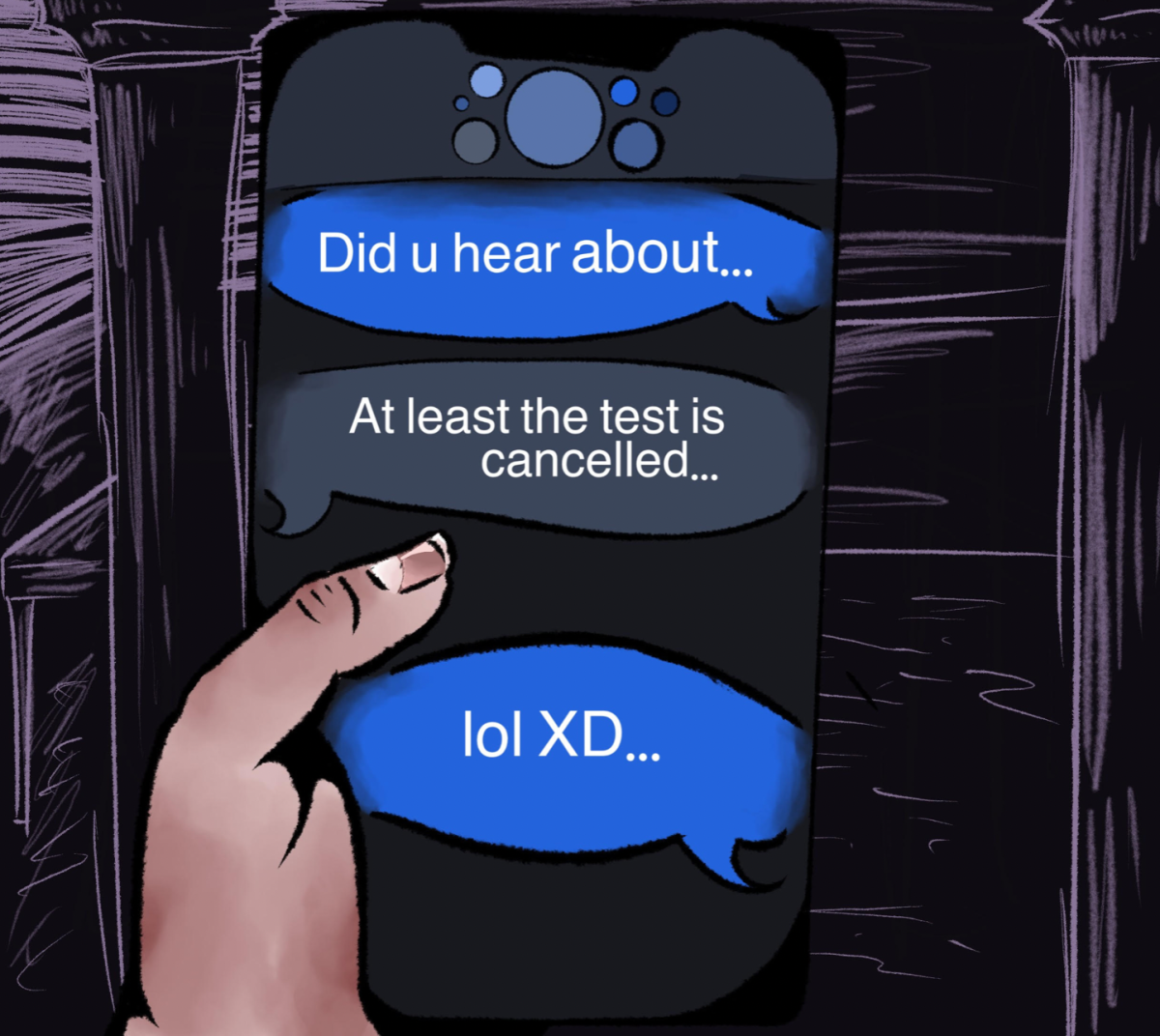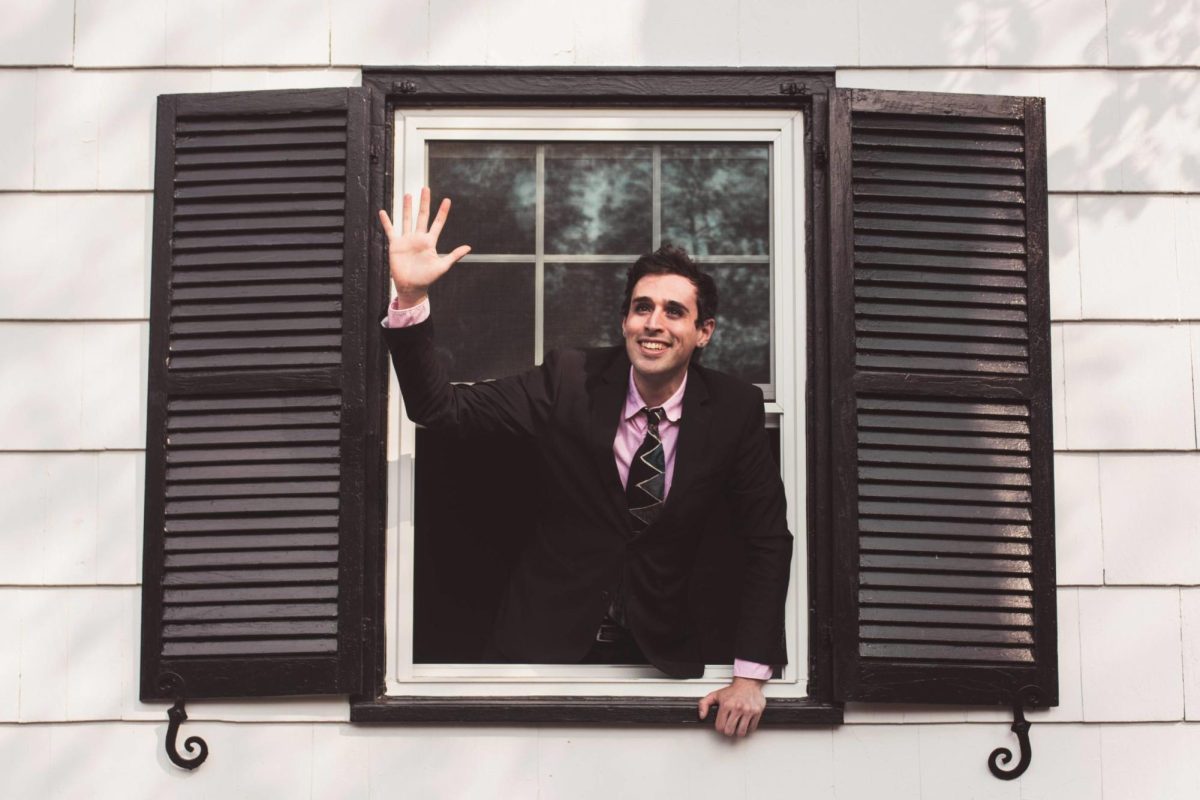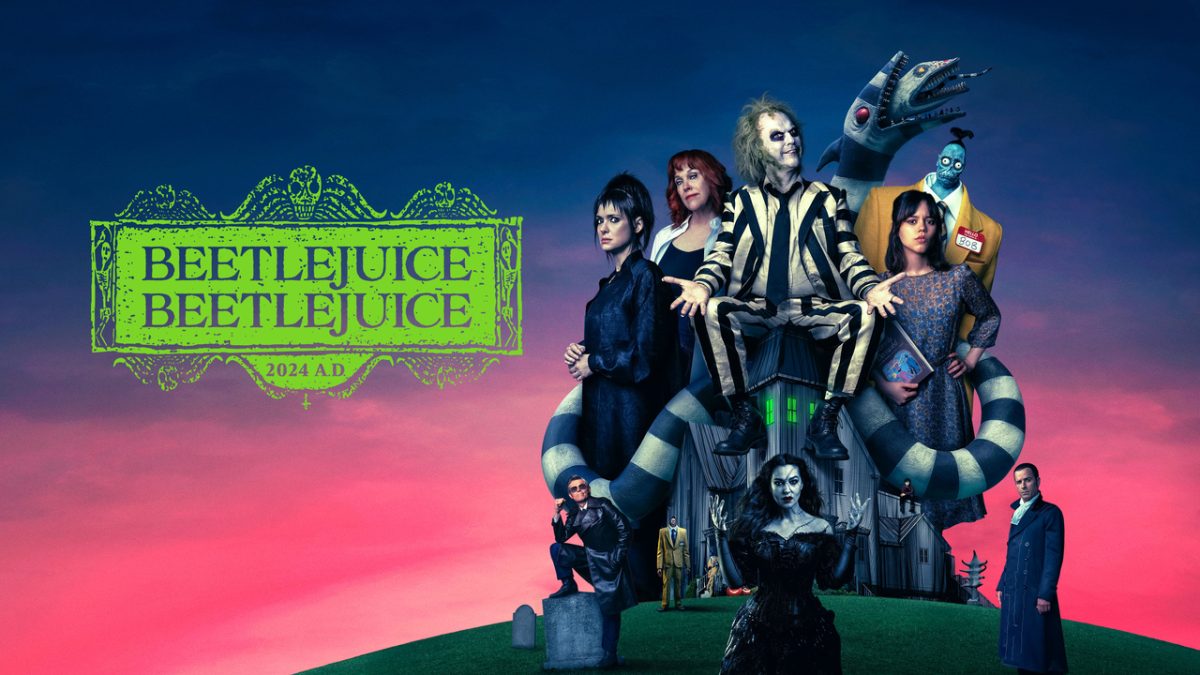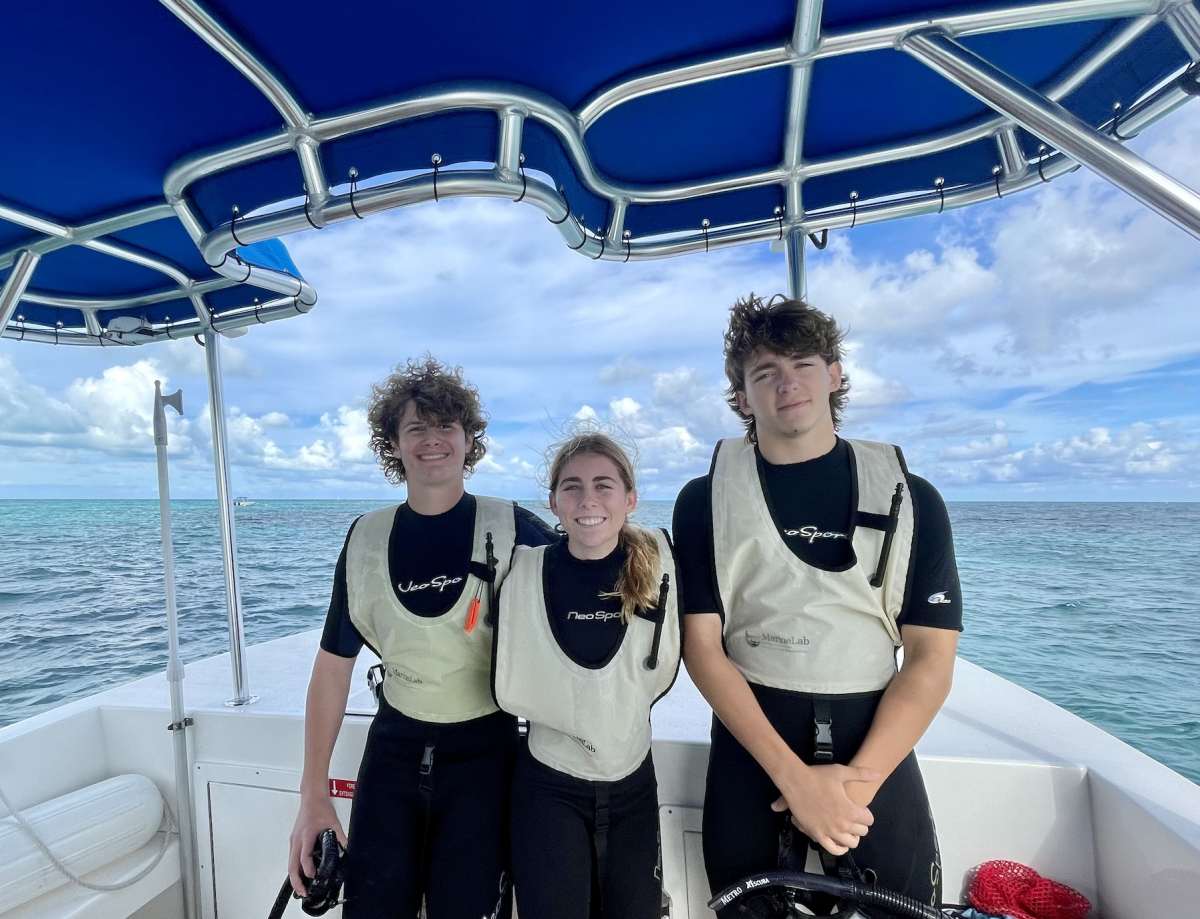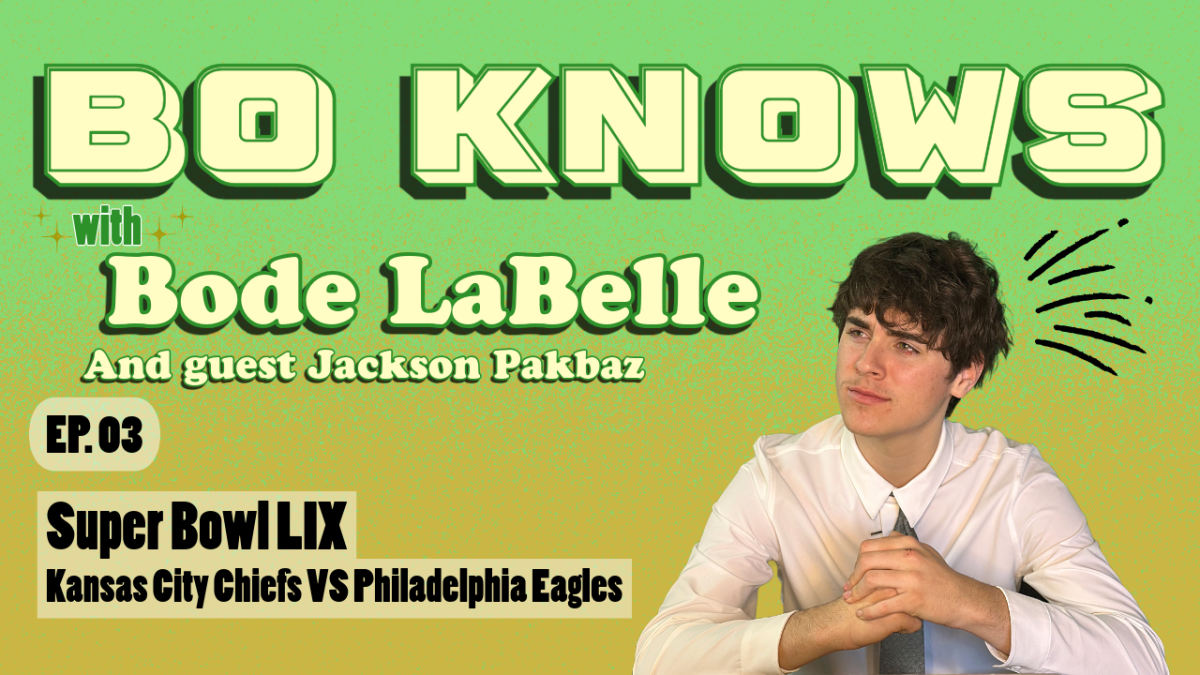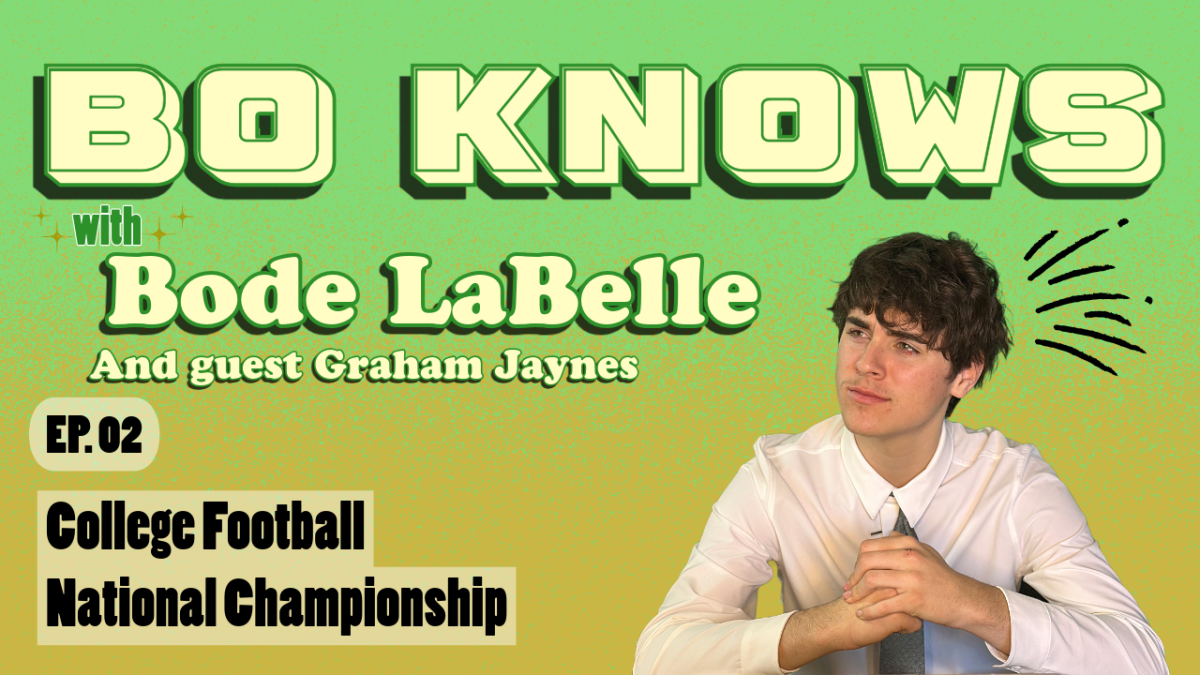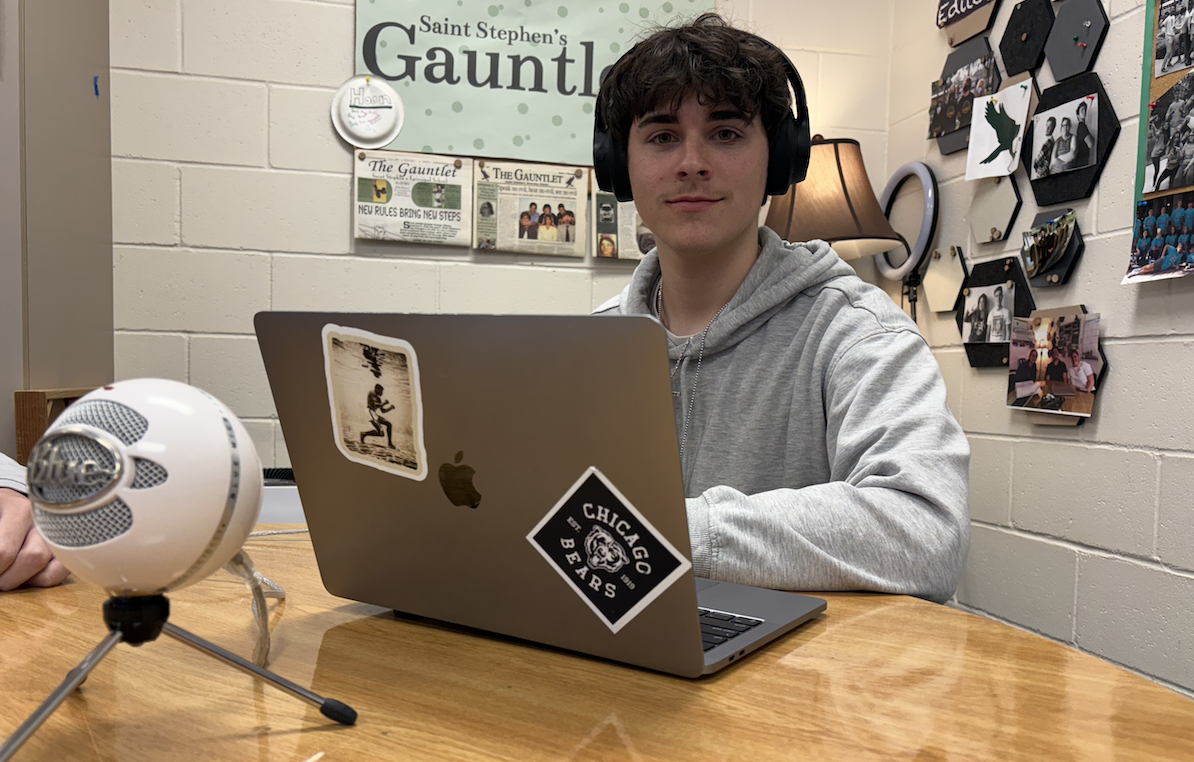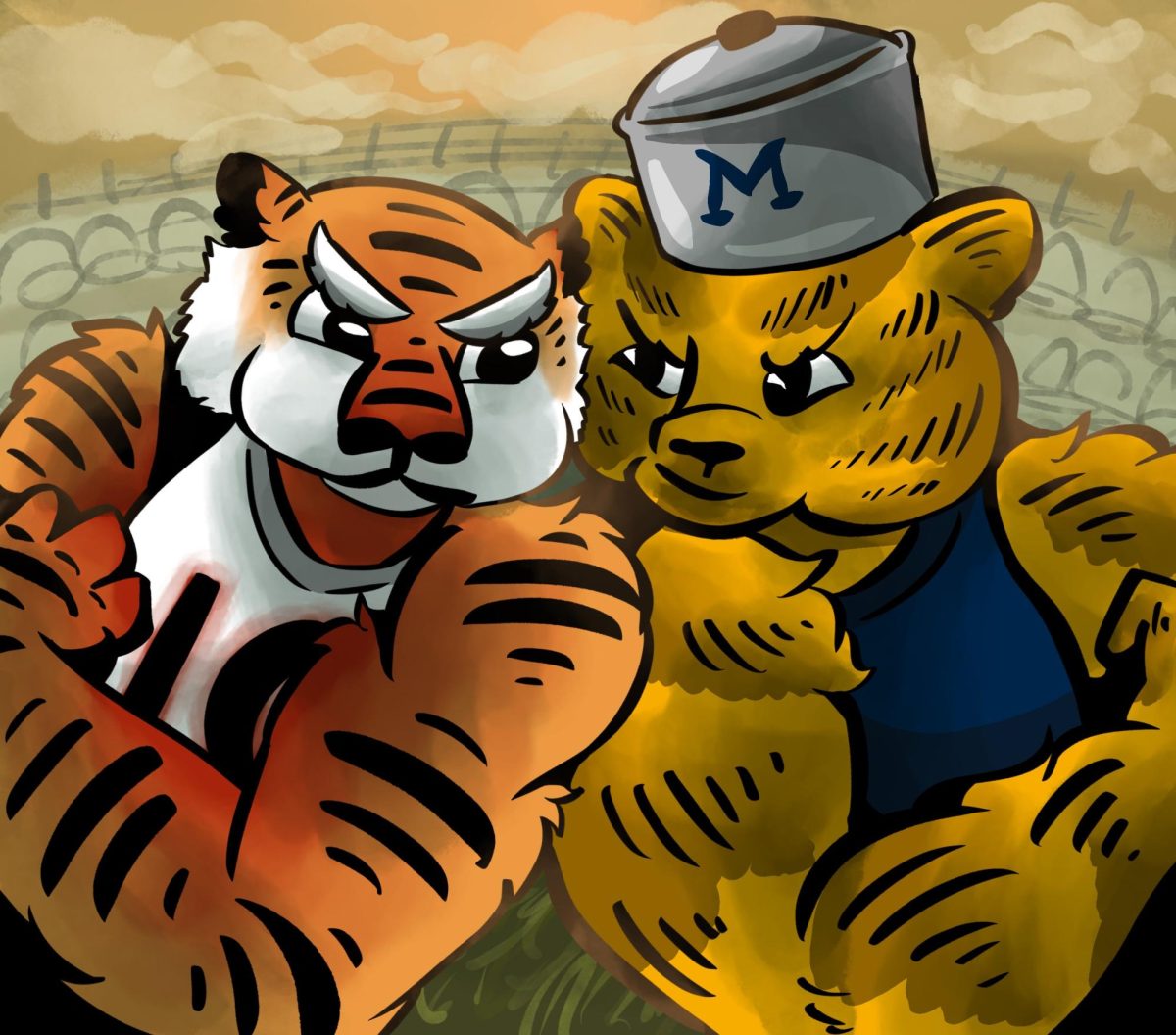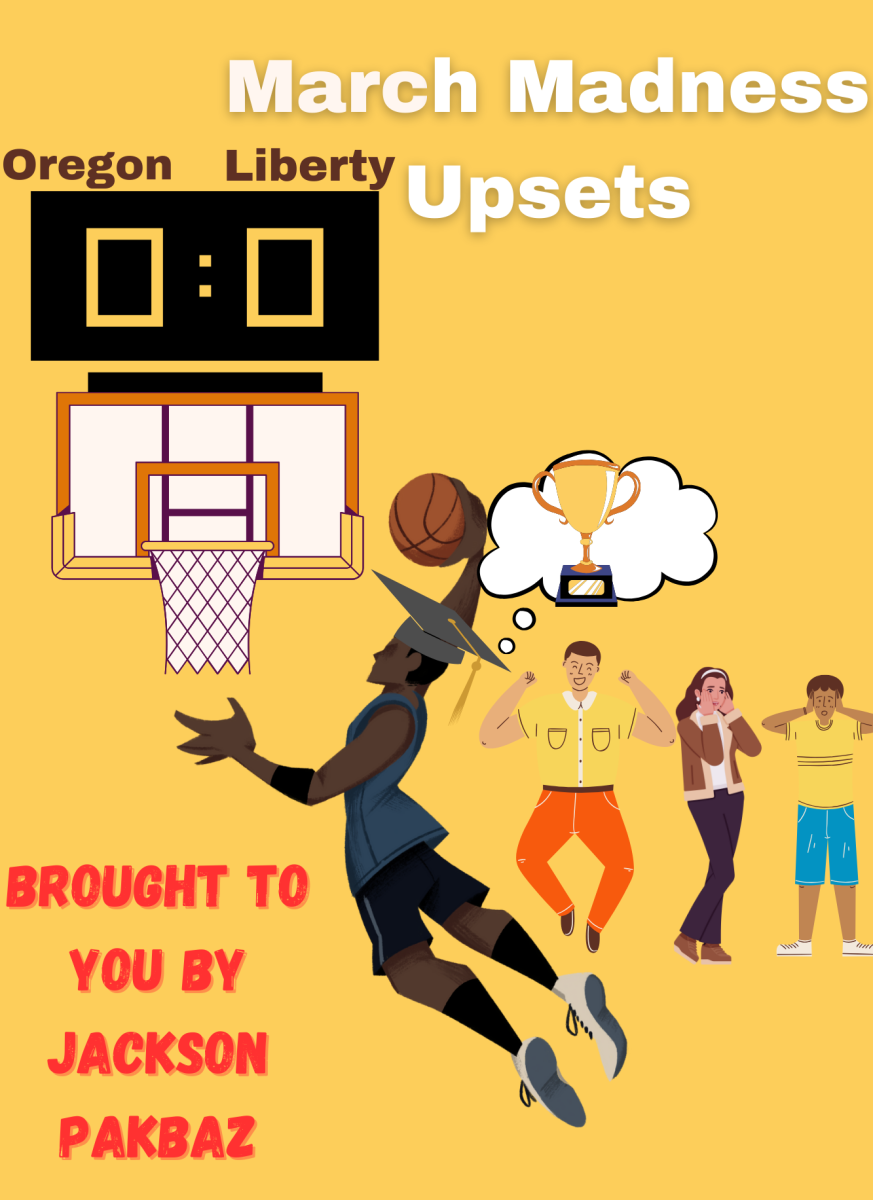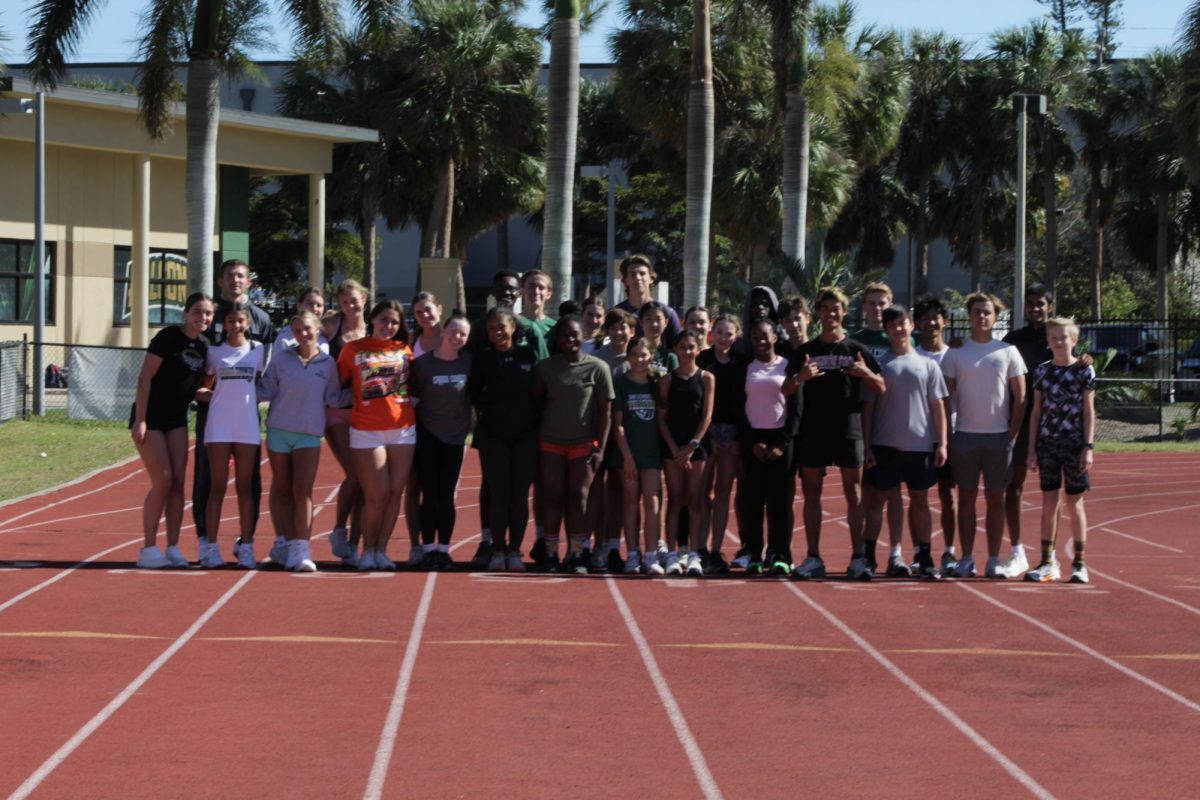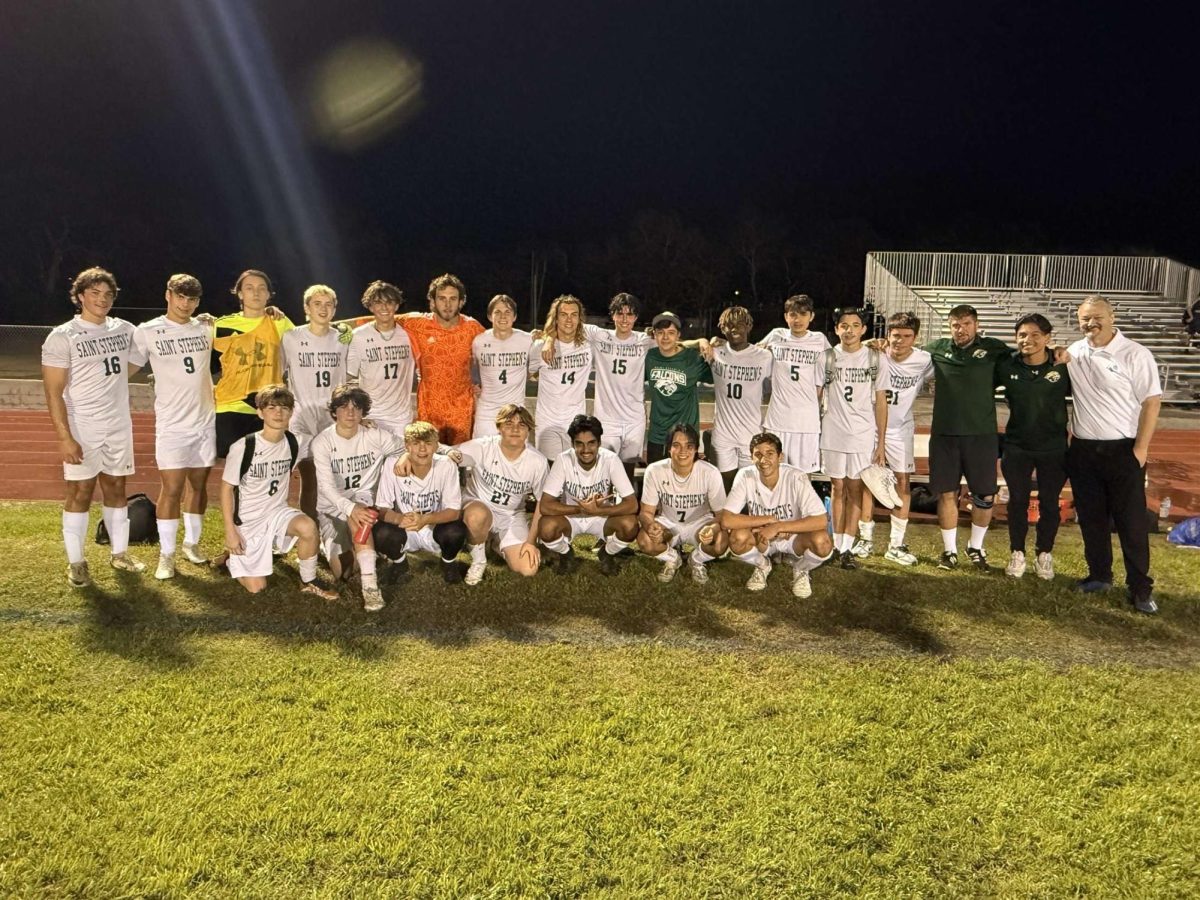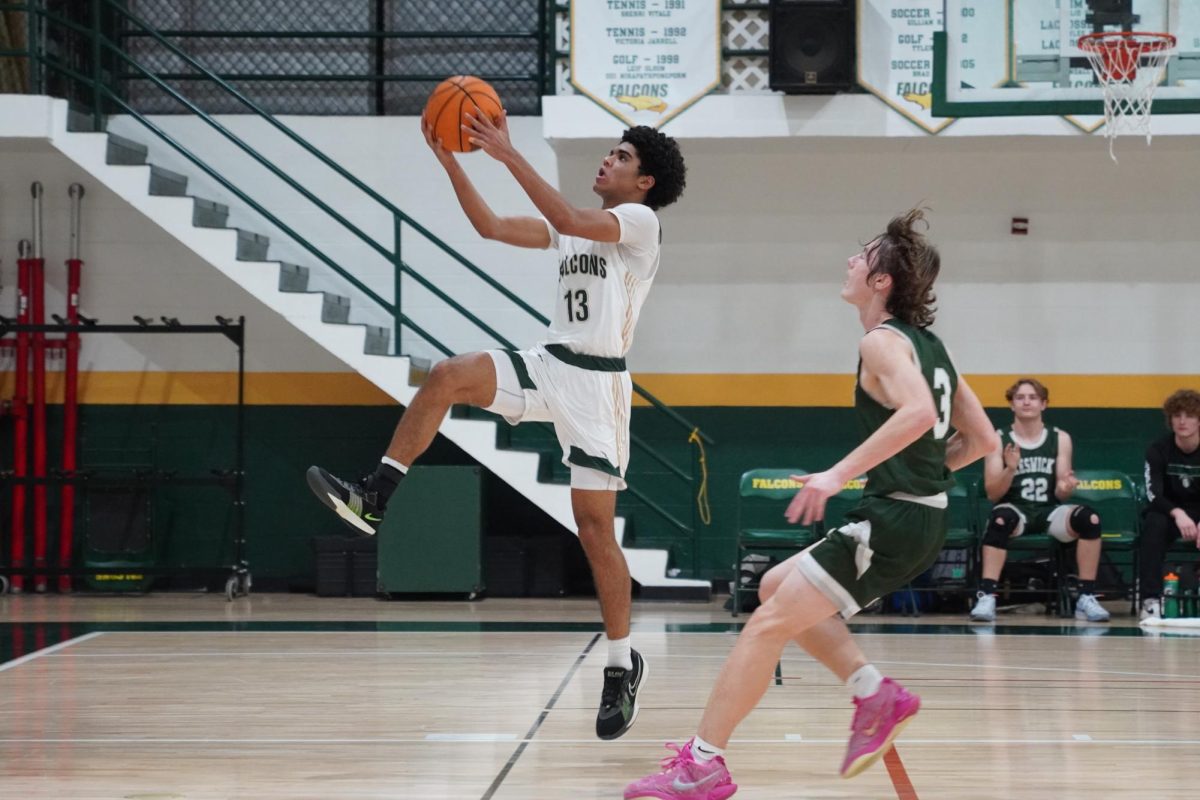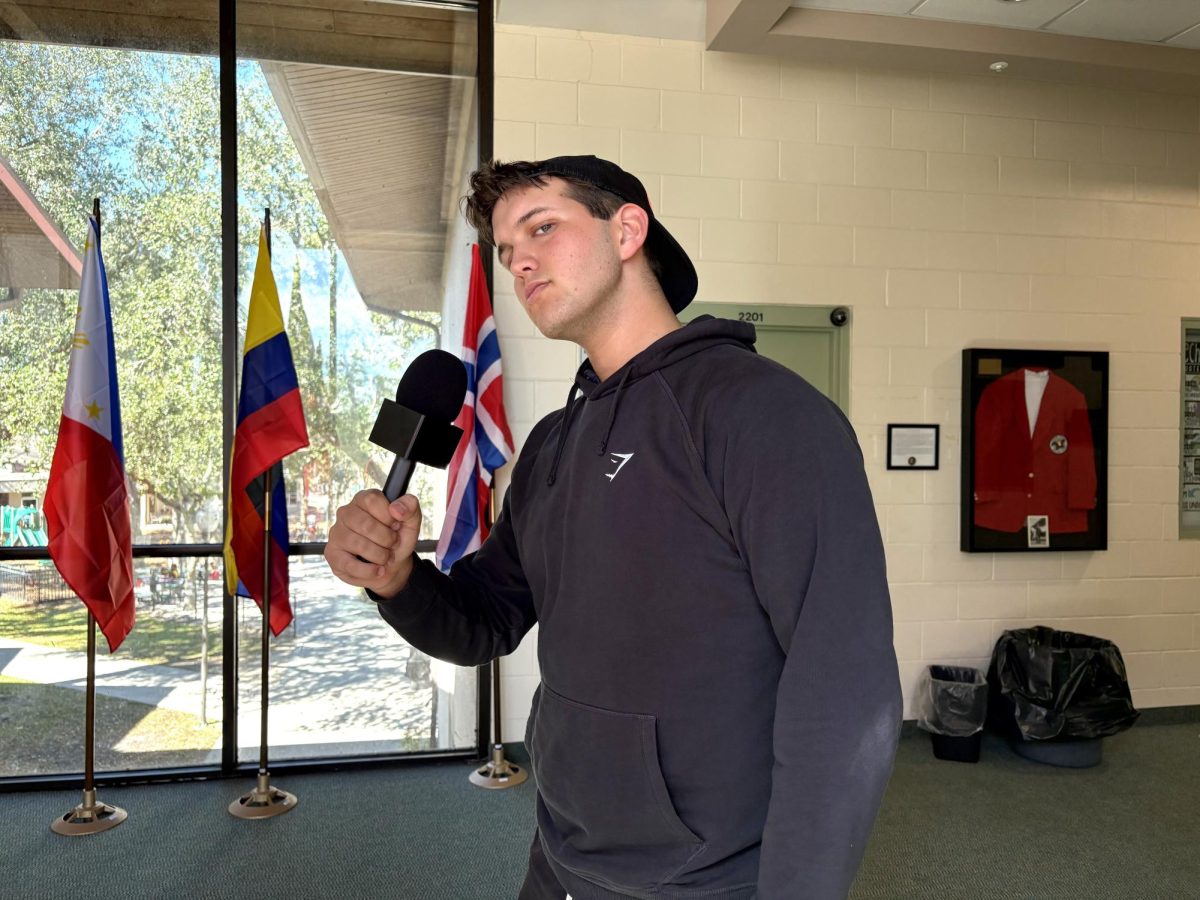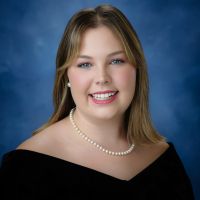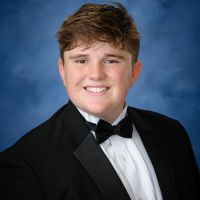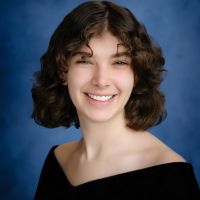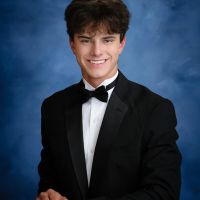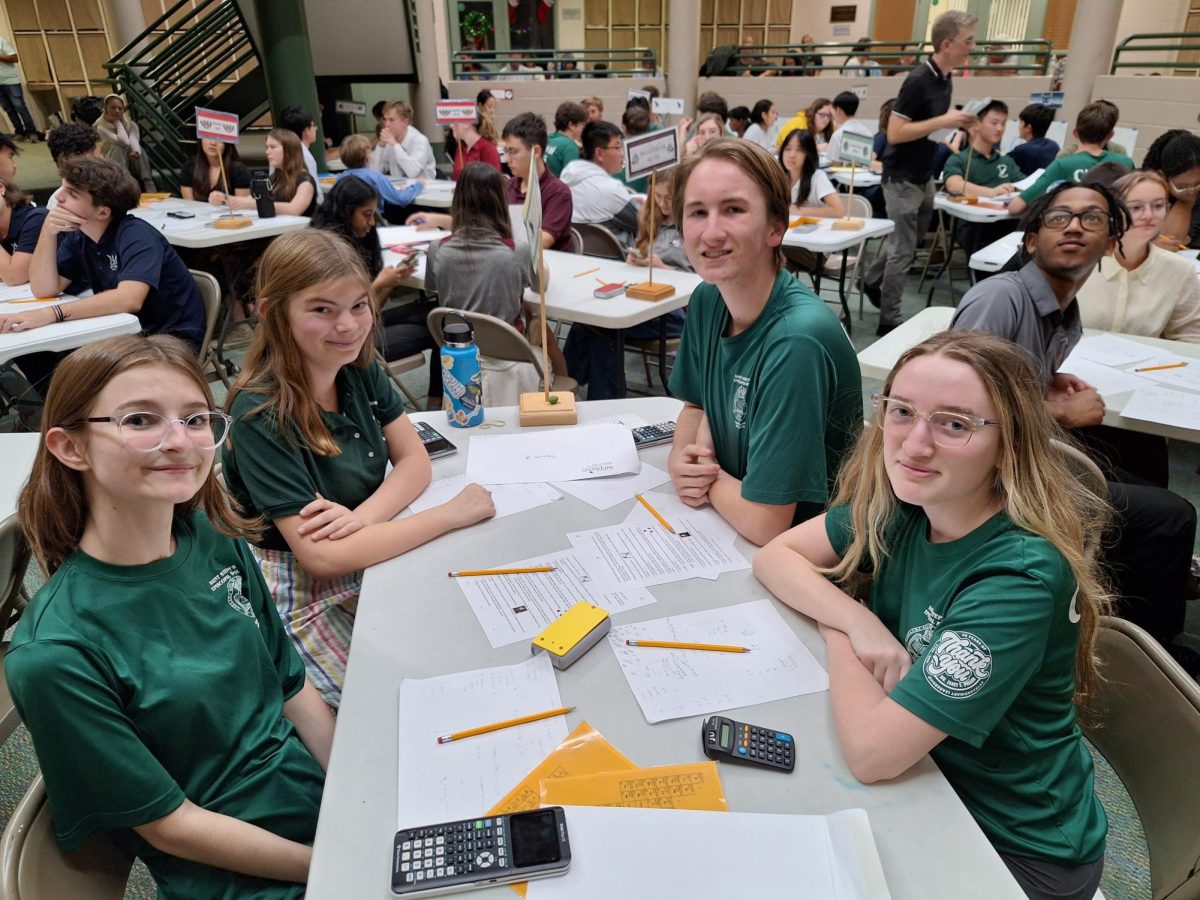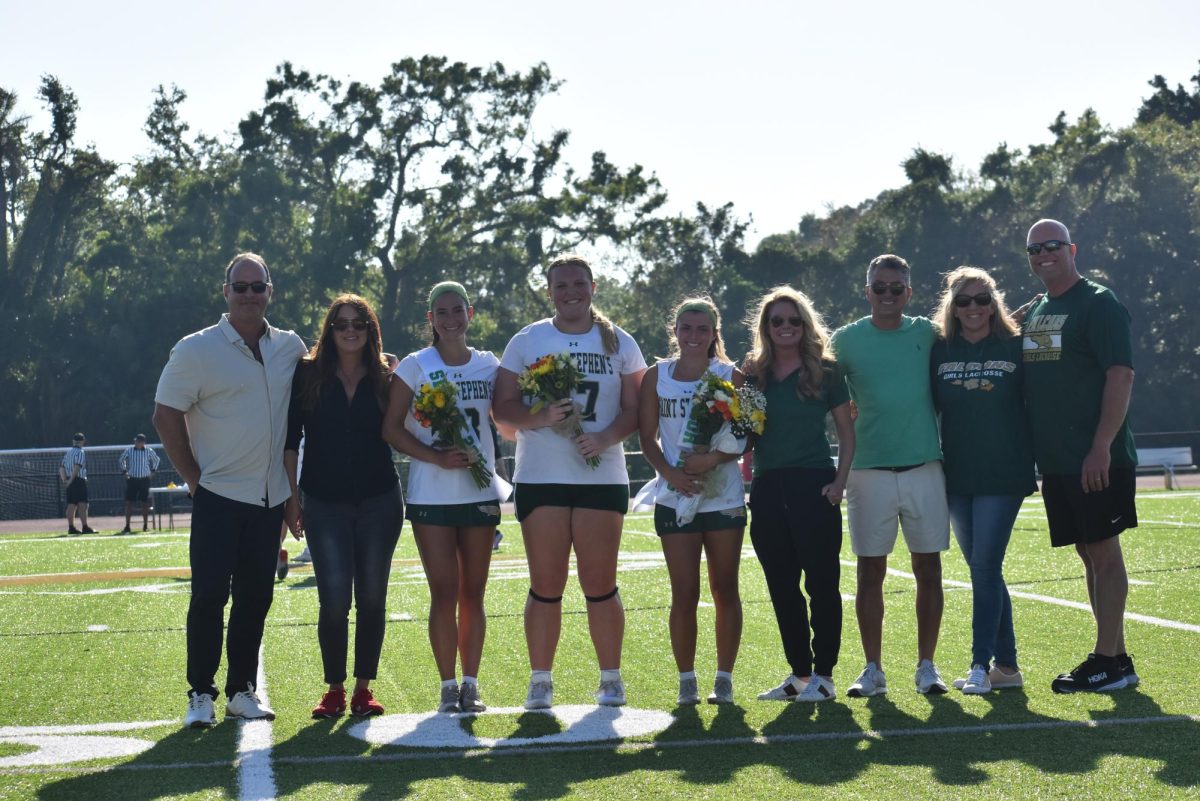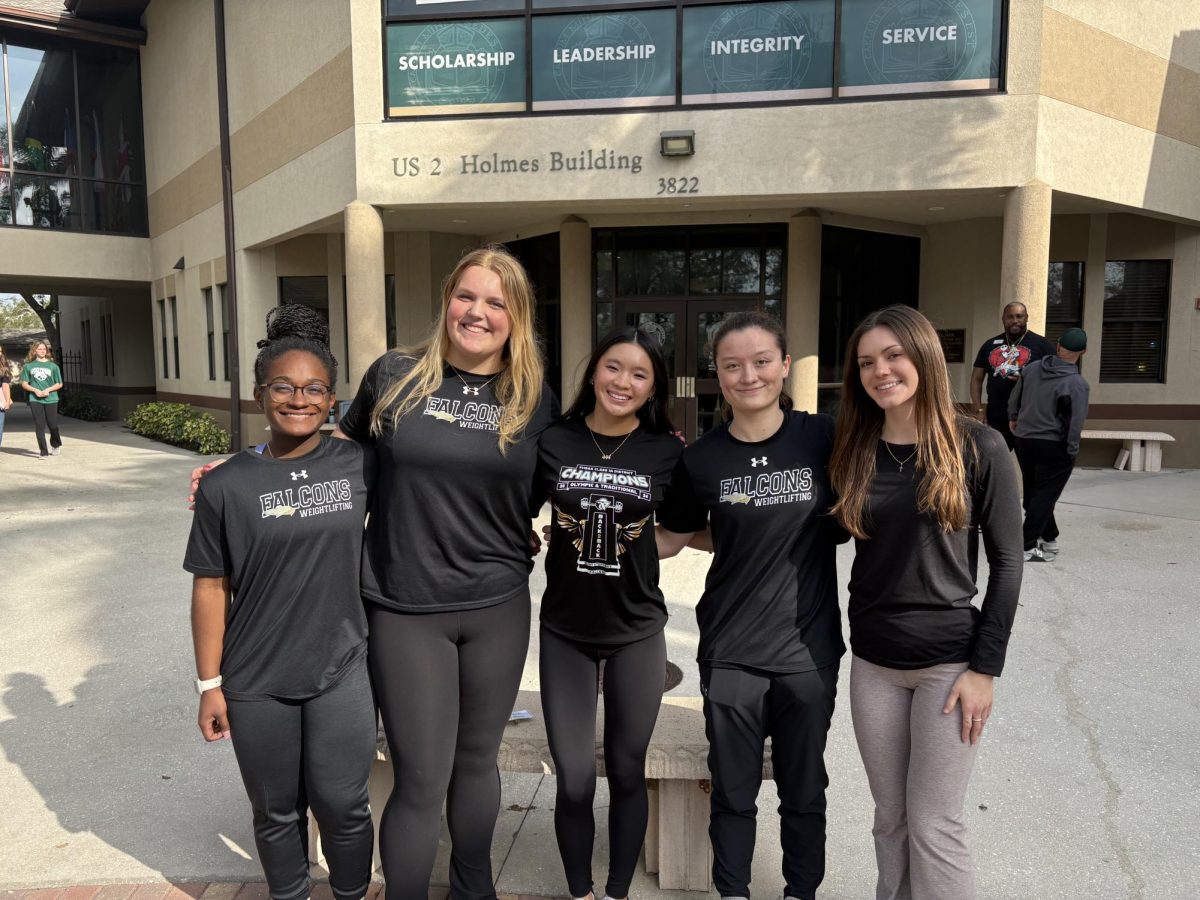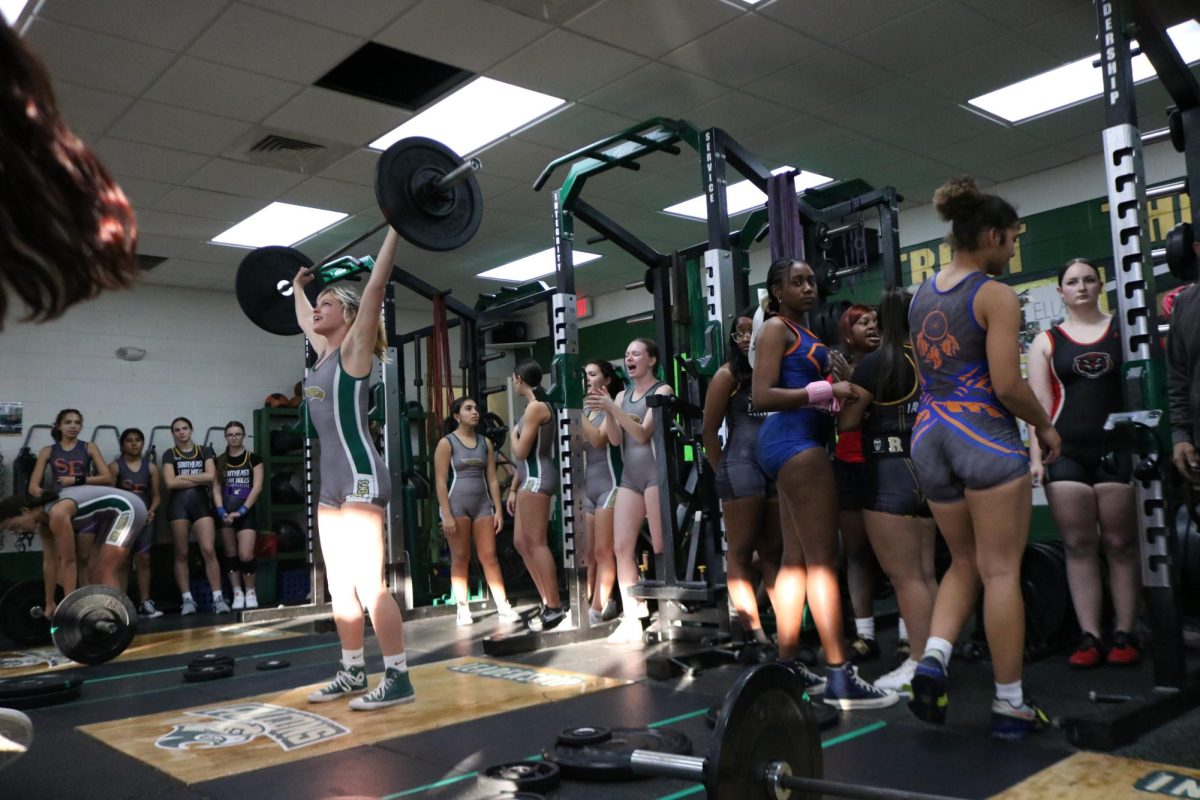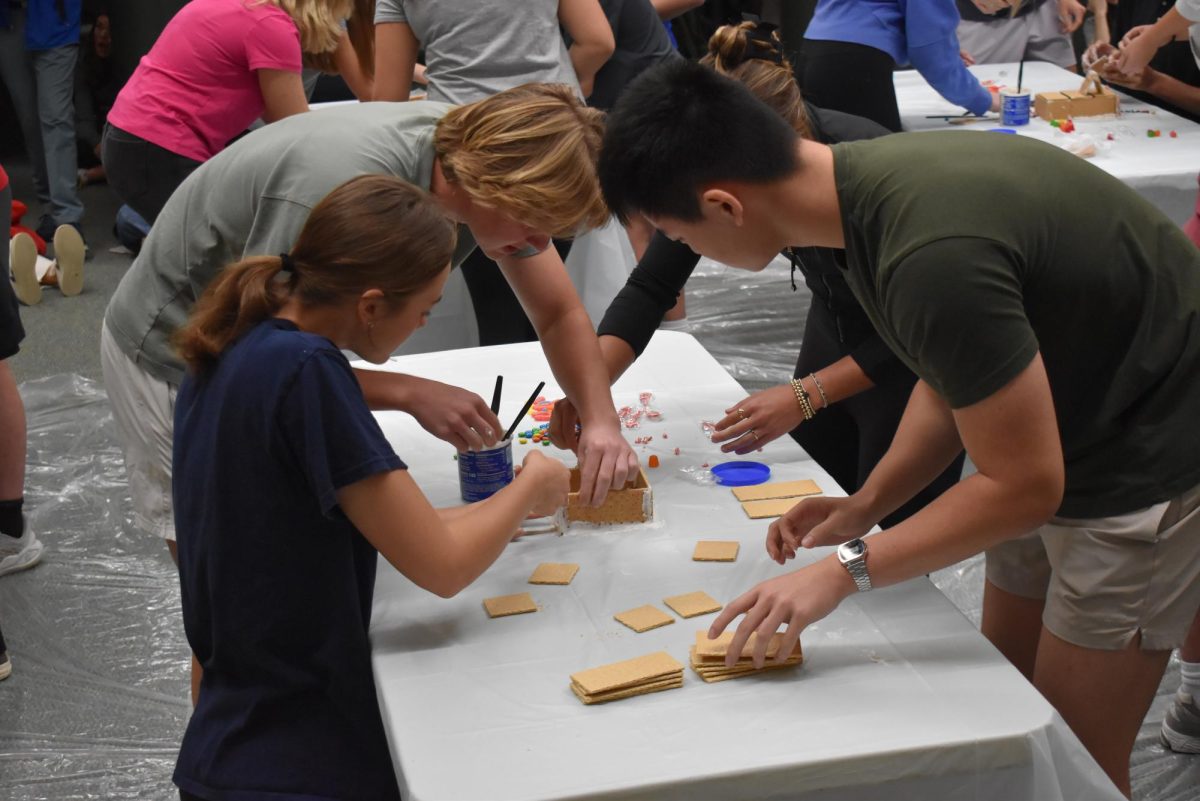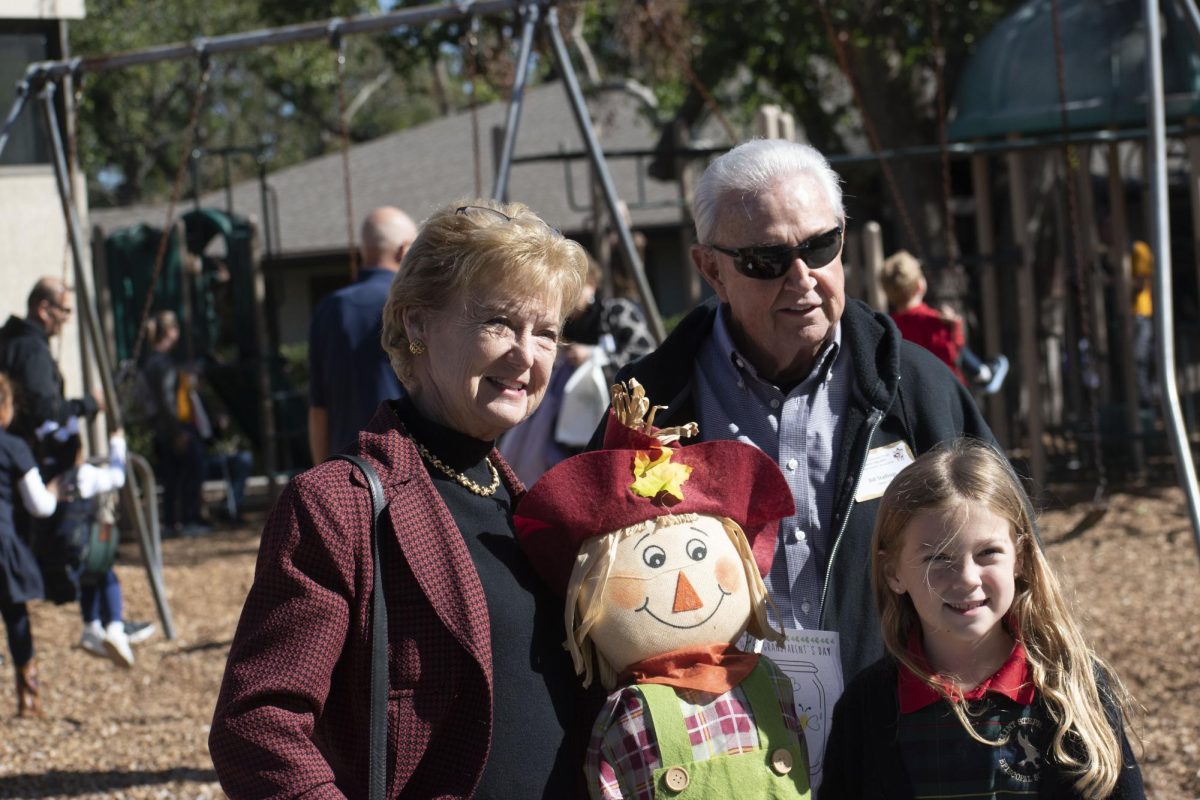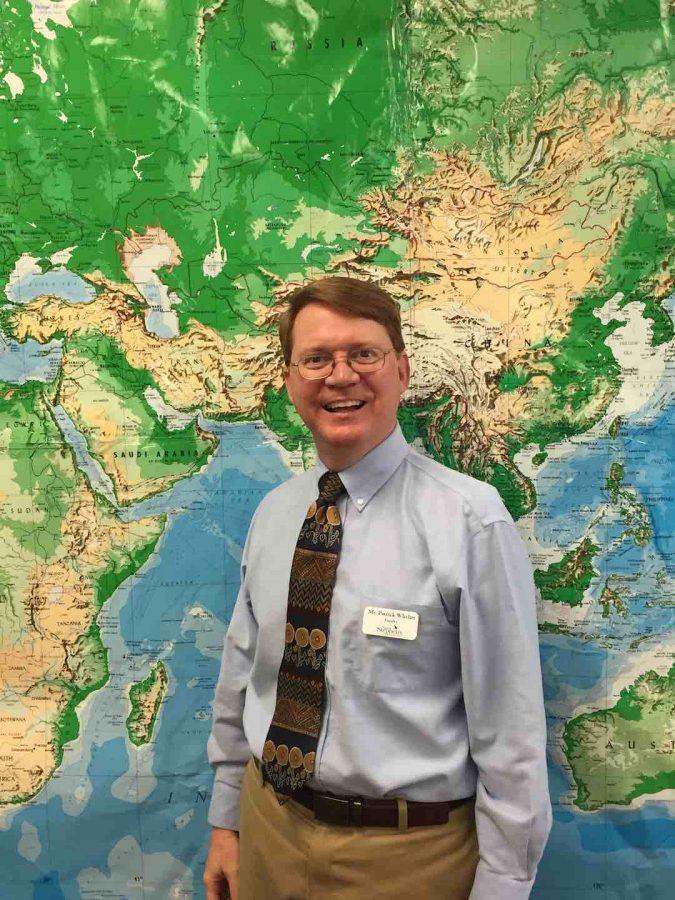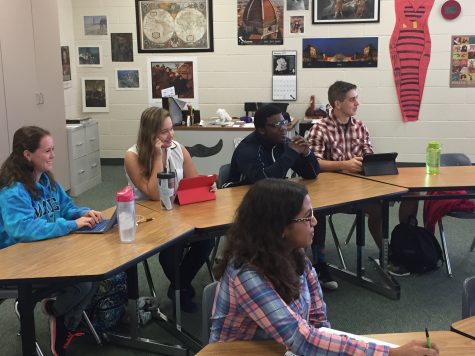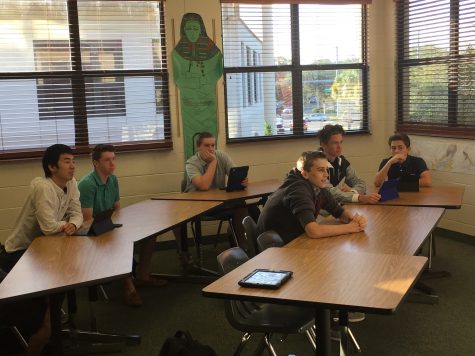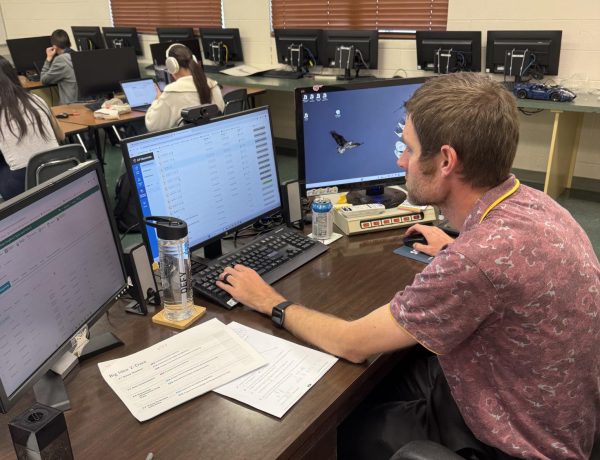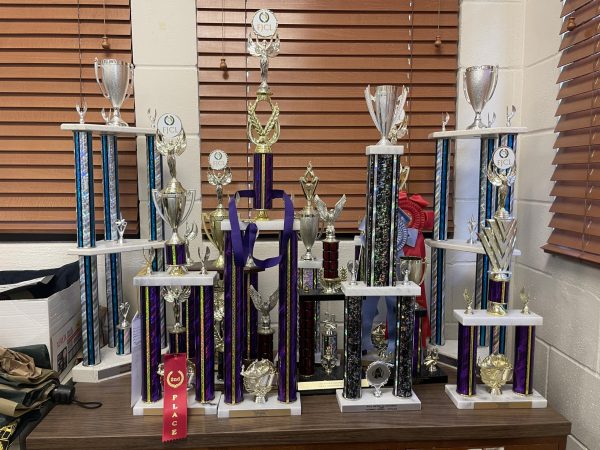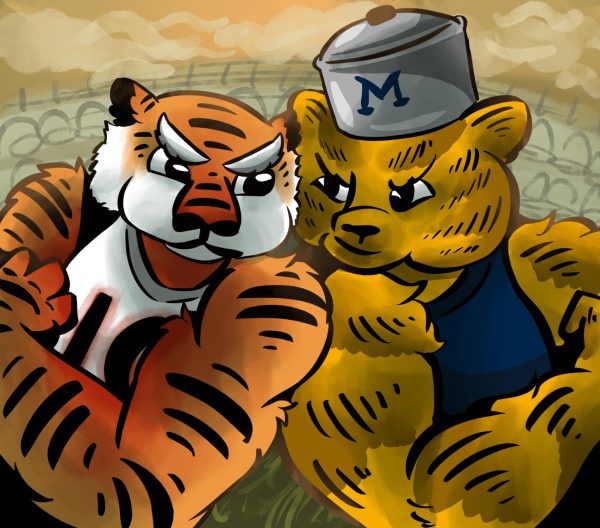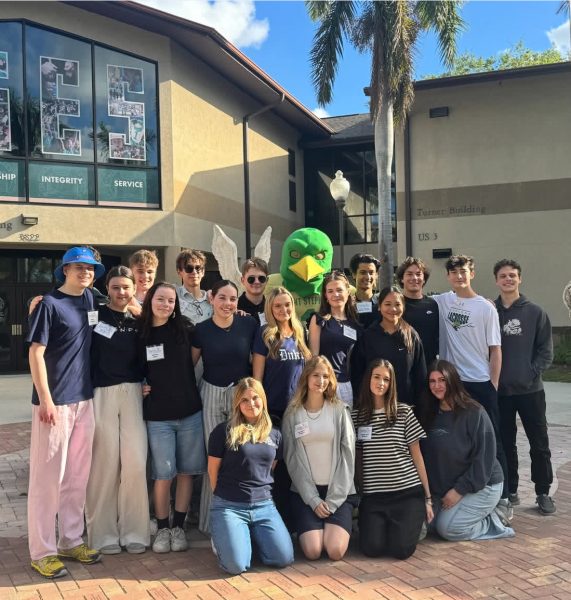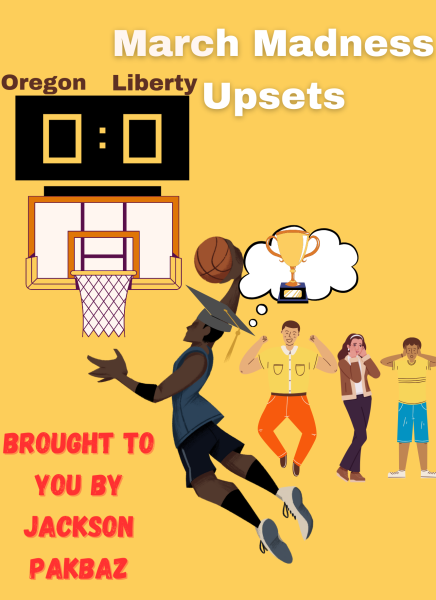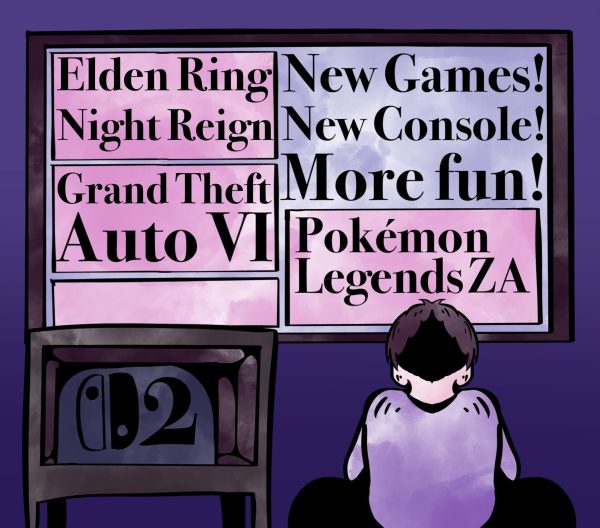Revolutionary course “Big History” comes to Saint Stephen’s
November 2, 2016
This year, for the first time in Saint Stephen’s history, sophomores had more than two options to choose from for their social studies requirement. “Big History” is the newest addition to the social study courses being offered by the the SSES. The course examines, from a “bigger picture” perspective, the entire history of the universe, from the Big Bang to the present, by using ideas from disciplines such as science, anthropology, philosophy and history. This makes Big History different from other social study courses. According to Tanner Wade, a Senior who is taking Big History this year, “The course doesn’t just focus on dates and names; it goes in depth on why things happened and how every action leads to a reaction.”
All high school students in the United States are required to have at least three social study credits, including U.S History, by the end of their senior year. Saint Stephen’s Episcopal School has provided three choices for upcoming sophomores in order to complete their social study requirements. This year, 10th graders can choose to take Big History, which is also being offered to juniors and seniors, as an elective social studies course. This new course makes taking World History optional for the high school students.
In order to find out more about this course, I managed to interview the Social Studies Department Head Mr. Whelan, who teaches Big History alongside Mrs. Paleczny.
Khash: “Where is the idea of Big History coming from and what could be considered as “Big History”?
Mr. Whelan: “Big History started in Australia, and it started relatively recently with a person who decided to ask questions such as,“ Where does history begin?” And he kept going farther and farther back until he reached the very beginning of the universe.”
Khash: “So, when does the big history begin?”
Mr. Whelan: ” Big History begins 13.8 billion years ago, with the creation of the first matter and it continues to the present day and even into the future.”
Khash: “What’s your personal opinion on the course?”
Mr. Whelan: “I like the course because it deals with so many historical themes but it approaches them with different disciplines.”
Khash: “When did Big History became a high school course?”
Mr. Whelan: “As a high school course, Big History started four years ago, at Lakeside High School in Seattle, Washington, which is the school that Bill Gates attended. He has funded the idea of the big history project so that more schools can reach it.”
Khash: “How did Saint Stephen’s get involved with the program?”
Mr. Whelan: “Saint Stephen’s was asked to participate in this program alongside the first group of schools in the United States. In fact, three years ago, I was approached by the head of the Social Studies department at the Lakeside school. At that point we were not ready yet but I told them that this is something that we would like to explore further. In the past three years, so many materials have been created that I’m very glad to start teaching it now rather than then.”
Khash: “Are there many schools that are offering Big History at this point?”
Mr. Whelan: “There are only a few schools. In fact, just a few hundred schools are teaching this course in the United States. We are innovators, but we are doing very well with this course and I believe that this will become a trend, and more and more schools are going to be offering it every year. They also will be looking to Saint Stephen’s for leadership as we looked to other schools.”
Khash: “Do you consider this course different compared to other social study courses?”
Mr. Whelan: “Yes. One major difference is that we take a much bigger perspective and we are able to step back and look at the major thresholds of everything that has ever happened. In that image what we do in a traditional history class is only a small part of that. The other major difference is the way we use other disciplines, especially philosophy, to think of not only how things happened but why they happened.”
Khash: “How do you approach the historical themes from the science perspective?”
Mr. Whelan: “We ask historical questions. For example we ask why did something happen, what caused something to happen and what were the effects of it. So it’s still a history class although we use science as our foundation.”
Khash: “As the head of the Social Studies department, what’s your opinion on the diversity of social study courses that are being offered in school?”
Mr. Whelan: “We have more of a history approach in our Social Studies department. We have three main areas of focus: Western Civilization for freshmen mostly, World History and Big History for sophomores, and U.S history for juniors. But also we have a number of electives that really enrich what we do. Our Global Economics and Politics is really popular. We have an Art History course that is extremely strong. Also, our American Government and International Relations class fulfills a certain notion about the way in which we operate as political units in the world. In my opinion all of these give students an ability to choose what they like. We have strong core courses that students can complete so that they are well educated and also courses that can satisfy their interest. I know that as we grow we may actually expand what we do because in order to do that we need to have more students in school.”
This interview provoked my curiosity. I decided to ask some questions of students that are taking Big History to find out more about the class from a student perspective. I interviewed Tanner Wade, a senior who is taking the elective social studies course.
Khash: “Why did you choose to take this course?”
Tanner: “The reason I chose this course was because it was different from any other social studies course that I had seen before. Most history courses only cover a relatively small period of time in our history, but Big History encompasses almost every historical event from the Big Bang to the first civilizations.”
Khash: “What’s your opinion on the class thus far?”
Tanner: “ It’s extensive. Big History covers such a broad subject that it almost seems like there’s not enough time in the world to study it all. The first semester has already passed and we’ve barely even scratched the surface. That’s what I think is so cool about the course, there’s a lot of meat to it.”
Khash: “How different is this class compared to the social study courses that you’ve taken in high school?”
Tanner: “Unlike a lot of other social studies courses, this course doesn’t just focus on dates and names, it goes in depth on why things happened, and how every action leads to a reaction.”
Khash: “What is the most interesting concept that you’ve learned in the class so far?”
Tanner: “My favorite concept that I’ve learned so far was about the creation of the elements. The earliest stars were formed out of hydrogen and helium, the first elements created in the Big Bang. As they became more massive over millions and millions of years, they started forming more complex elements in their core, like iron and nickel. Once they became too large, they exploded, resulting in the creation of even heavier elements, spreading them throughout space for the process to start all over again. And so on and so forth.”
Khash: “What is your least favorite thing about the class?”
Tanner: “If I had to pick a least favorite thing about the course, it would be the fact that there isn’t enough time to cover everything I want in a whole lot of detail.”
Big History is a different social study course that approaches historical themes from a scientific perspective. However, this course is still very new, and there are only a few schools that are offering it in the United States. Nonetheless, it has a lot of potential to become a popular course that could be offered to students in schools across the country.

